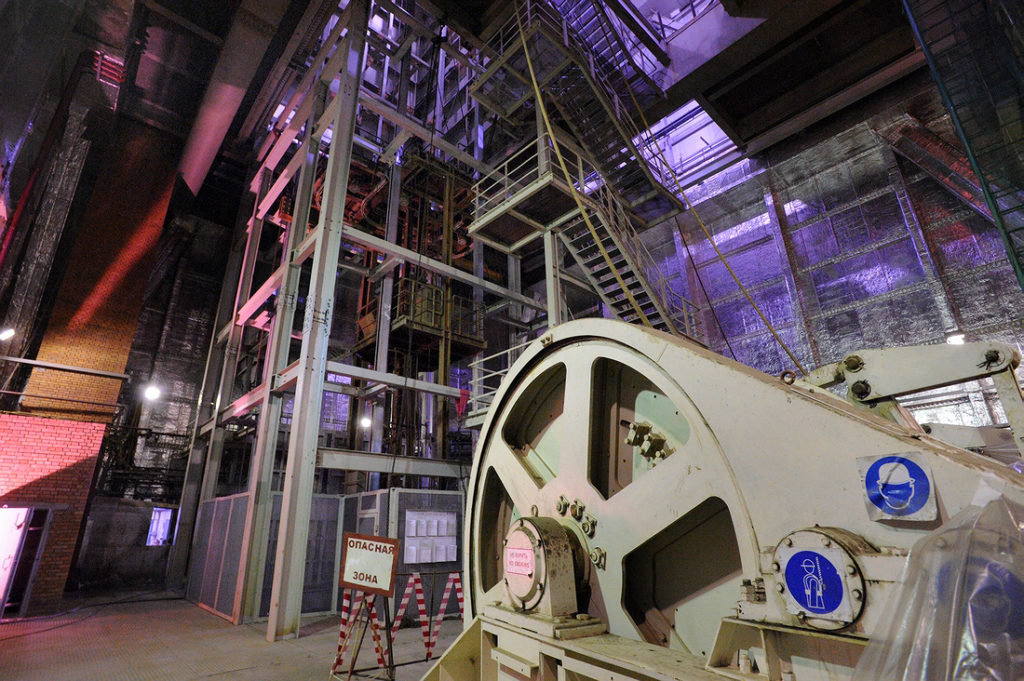Technology looks like playing a pivotal role in Norilsk Nickel’s ambitious growth plan to boost its mined ore volumes at the renowned Taimyr operation, in Russia.
After revealing a target to up production to 30 Mt/y by 2030, from 17 Mt/y in 2017, at its Capital Markets Day in London this week, IM spoke with First Vice-President and Chief Operating Officer, Sergey Dyachenko, to find out how technology was helping the company achieve this target.
Dyachenko listed off several impressive feats the company has achieved in the past 18-24 months that would pave the way for this growth.
First off, Norilsk has digitised nearly all of its operations as part of its Technological Breakthrough program – aimed at designing, planning and operational controls of its mining activities.
It has shifted its mine planning from a shift-based system to an hourly scheduling program, is carrying out dynamic simulations of mining activities on an as-needed basis to visualise the effects of mine plan changes, has installed proximity detection and collision avoidance systems (with a 50 m personnel detection range) at all of its underground mines, and has commissioned a real-time dispatch system to optimise its operations.
With digital centres built or being built in all of its major mining hubs, and Wi-Fi rolled out across its underground operations, all of its processes are now very much ‘connected’.
Dyachenko said these initiatives were already paying off, with a 7% increase in nickel-equivalent production between 2017 and 2019, partly attributable to the digitisation and automation programs. He could also point to a productivity increase – the output of nickel equivalent per employee rising 15% over this same timeframe.
While the company has come a long way since it started its Technology Breakthrough program in 2014, it is ready to leverage more technology over the next five years (and beyond).
Dyachenko spoke of transitioning from dynamic 3D mine models to the use of digital twins for mine plan optimisation at all of its mines and, excitingly, plans for a “fully autonomous smart digital mine” at its Skalisty nickel-copper-PGM underground project at the Polar Division, Norilsk’s key production asset on the Taimyr Peninsula.
Skalisty, at more than 2,000 m below ground, will be the company – and one of Russia’s – deepest underground mines. This fact is making Norilsk reconsider its normal mine development and operation route.
The company is currently engaged on a prefeasibility study at Skalisty, however it has already carried out 966 m of shaft sinking to bring the #10 ventilation shaft down to 2,056 m, and plans to start horizontal development at the project next month. Completion of the main shaft is scheduled for 2021.
“We have a task to make our Skalisty underground mine an autonomous mine,” Dyachenko said, explaining that the depth and accompanying temperature that comes with it made it a difficult environment to operate in.
Added to this, Dyachenko said the “demographics” of the future workforce and the need to provide an “interesting environment” at Skalisty made it a necessity to at least relocate machine operators to a control room on surface.
Norilsk will not be working on this ‘task’ alone. In addition to using consultants for the prefeasibility study, it is has also engaged an OEM with experience of automating underground operations in Mali and Sudbury (Canada) at this stage.
“We want to have a very clear concept…and find out the economic impact and best configuration for the mine,” Dyachenko explained.
The Norilsk COO said engaging such an OEM at this point in the mine development process also provided the manufacturer with the required time to “customise” a solution that fitted the Skalisty orebody and infrastructure.
“Not all of this will be off-the-shelf,” he commented on the equipment and infrastructure required for Skalisty, adding that battery-electric vehicles could also come into the mining equation.
Speaking of time, Dyachenko said the company expected to recover the first ore from development at the deep mine in 2023, followed by first “production” ore in 2024.
The new Skalisty mine is expected to eventually ramp up to production of ~2.5 Mt/y.











